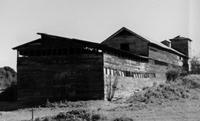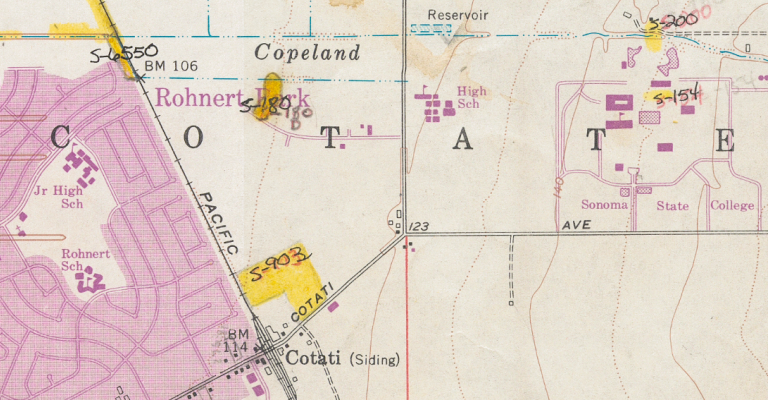Public Outreach
The Northwest Information Center (NWIC) has two main arenas in which staff provide educational support about cultural resources to individuals and organizations: one, our Public Education Program; and, two, our Student Intern Program.

The public education aspect was designed to acquaint a broad spectrum of individuals with a variety of heritage concerns as well as to answer specific cultural resource questions. There are two main parts to this program: one, a public outreach program; and, two, an in-house public program. The public outreach component consists of such services as conducting group tours and/or training workshops to local tribal members or students from educational facilities within our regional area; providing a staff person to local events or workshops, for example, History Day Competition in Santa Rosa’s Helen Lehman Elementary School; to provide a representative to various statewide cultural resource information management meetings. On the other hand, the in-house public service program consists of responding to a wide range of inquiries from various members of the general public, such as, information regarding regulatory procedures to landowners undertaking development projects that are subject to one or more state or federal environmental or historic preservation laws; printed manuals or bulletins; a list of professional consultants who can undertake work related to regulatory projects; information to landowners regarding cultural resources on their property (fee may apply).

The NWIC Student Intern Program is the second education arm of the NWIC. It consists of job experience and training at the NWIC for students in the fields of Archaeology, History, Geography, and Environmental Science and Planning. This program is set up to give introductory instruction in and experience with a variety of archive and research information and techniques related to the present practices of cultural resource management and preservation in the regulatory context. Information about individual cultural resources archived at the NWIC is geographically based and maintained in its entirety in paper format (locations of resources on USGS topographic maps, paper document files, related publications, etc.) and partially in electronic format (digitized feature locations in a Geographic Information System geodatabase, and resource and report databases with electronic record documents, etc.). Students receive training in both inputting new information in the paper and electronic formats; and in retrieving information from either source to conduct records searches, a process which is explained in more detail in the CHRIS Information Center Rules of Operation Manual (PDF).
In addition to this formal intern-training program, NWIC staff provide significant assistance to all students coming from institutions located in the Bay Area as a whole, i.e., this past year, 70 students, coming from eleven different education institutions, used the information at this office for a variety of course projects.
Bryan Much, NWIC Coordinator


